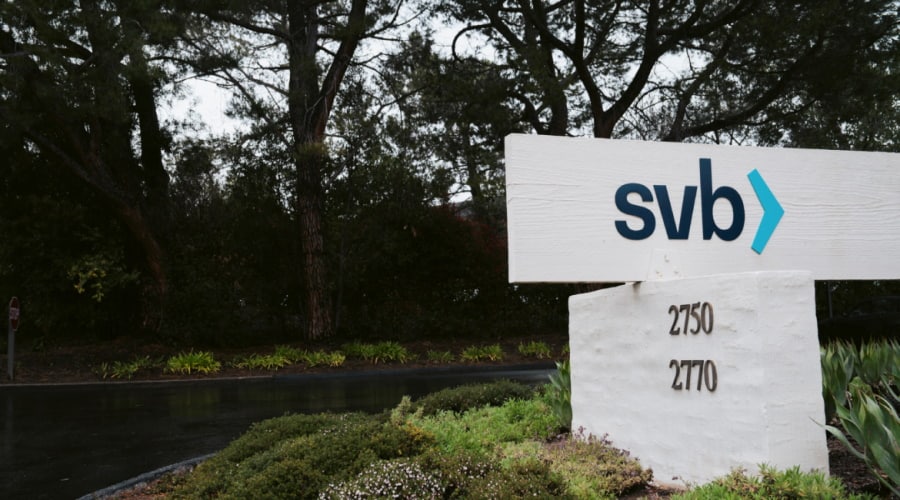Friday, March 10, 2023, the US authorities closed the “Silicon Valley Bank”, which is close to the technology community, and which suddenly found itself in a state of insolvency, and the authorities entrusted the management of deposits to the Federal Deposit Insurance Corporation in the United States (FDIC), causing a wave of panic. Through the banking sector in the world, amid questions raging in the markets about the consequences of the largest bank bankruptcy in the United States since the financial crisis in 2008.
The FDIC plans, according to Agence France-Presse, to insure deposits in the United States to reopen the bank’s 17 branches, which are based in California and Massachusetts, on Monday, and allow customers to withdraw up to $ 250,000 in the short term, which is the amount that is usually guaranteed by the institution.
The largest bank bankruptcy in America
The FBI also clarified that the California Financial Protection and Innovation Authority (DFPI) formally took over the bank, citing “insufficient liquidity and insolvency”.
By the close of 2022, Silicon Valley Bank had a staggering $209 billion in assets and deposits totaling $175.4 billion – although it may not be widely known, this bank is placed 16th among American banks based on its asset size.

Janet Yellen, US Treasury Secretary, vigilantly monitored the banking sector prior to announcing the closure of SVB – which marks one of the biggest bank failures since Washington Mutual Savings Bank in 2008 and also stands out as the second largest retail bank failure in America.
A surprising announcement for investors
In the markets, a wave of panic began after SVB announced that it was seeking to raise capital quickly to cope with the huge withdrawals made by its clients of their money, in addition to the loss of $ 1.8 billion from the sale of securities.
Investors were taken aback by the announcement, reigniting worries about the banking industry as a whole. With rising interest rates causing bonds in their portfolios to value plunge, these misgivings are entirely understandable.
While the four largest US banks lost $ 52 billion in stock exchanges on Thursday, followed by Asian and then European banks.
Panic ensued in Paris as Societe Generale, BNP Paribas, and Credit Agricole lost respectively 4.49%, 3.82%, and 2.48%. Meanwhile, the German Deutsche Bank suffered a 7.35% decline while Barclays fell by 4.09% followed closely by UBS at 4.53%. Fortunately, however Wall Street banks rebounded with JPMorgan Chase shares gaining 2..3 % midway through trading and Bank of America & Citigroup nearing equilibrium again soon, after all, was said and done.
On the other hand, local banks such as First Republic and Signature Bank witnessed more strikes, with their shares declining 23% each.
For his part, Christian Parisot of the Oriel BGC brokerage group confirmed, in a note, that investors “also saw in the bank’s difficulties the effect of an inversion of the interest rate curve,” that is, when short-term rates are higher than long-term rates.
Banks generally borrow money at short-term rates to offer loans with longer terms. Unfortunately, a prominent American institution encountered difficulties recently when the parent company of Silvergate Bank declared it would be liquidated on Wednesday. Despite Stephen Innes’ reassuring words that major bank incidents related to liquidity or capital are probably rare, this news is alarming and serves as a reminder that no one’s financial security can ever be taken for granted.
In the wake of 2008-2009’s financial crisis and Lehman Brothers’ bankruptcy, banks have been held to higher standards in order to ensure secure oversight of national and European markets.
The European Banking Authority is subjecting fifty major banks on the continent to solvency tests.
The results of the last test of this kind, at the end of July 2021, revealed that financial institutions are able to withstand a serious economic crisis without serious damage. For analysts at Morgan Stanley, “the funding pressures facing SVB are very special. It should not be considered the standard for other local banks.”

